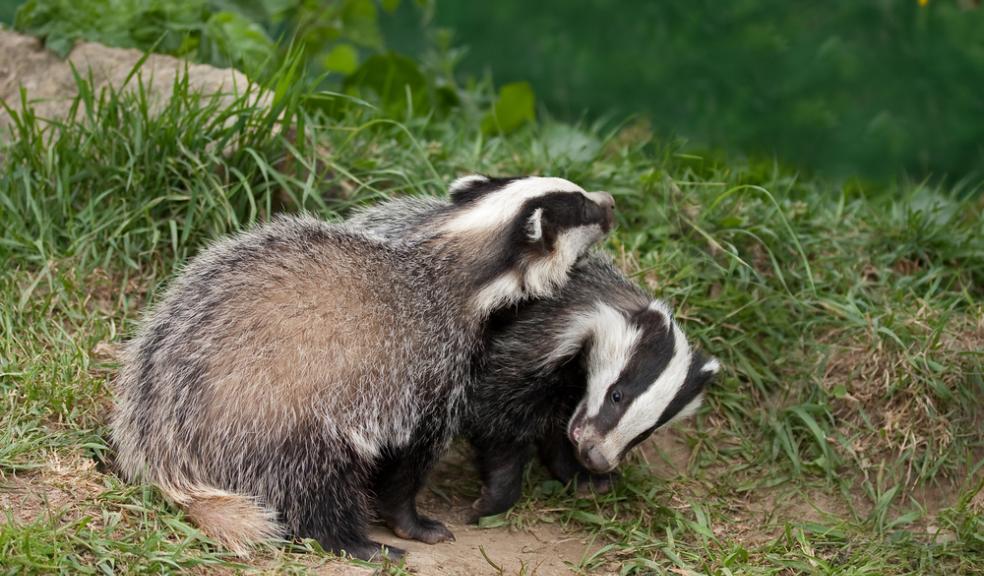
Marjon create orchard to preserve college's biodiversity
An orchard has been created at the University of St Mark & St John following an idea that came from the university’s biodiversity report, written by lecturer Alan Williams. The report highlighted the range of biodiversity at Marjon and its importance to the community.
From bats to badgers and orchids to ox-eye daisies the campus is a haven to a great many species and preserving them for the benefit and enjoyment of generations to come is a responsibility that the university takes very seriously. The planting of 21 apple trees in the orchard, all of local varieties, is just one of many initiatives the university is taking in support of its Green Agenda.
Work has been carried out to enlarge the duck pond, creating a nature trail alongside the playing fields, protecting orchids growing next to the tennis courts and to develop the forest school area.
David Riggs, Head of Technology and Information said: “We recognise that we are fortunate in being a university with such a wonderful green campus and with that comes the responsibility to protect it for everyone’s benefit”.
Vice – Chancellor, Professor Cara Aitchison said: “The final tree planted was a variety known as the Fair Maid of Devon. It characterises Marjon perfectly - a good vintage, small and highly productive.”
Historically, the students at the former colleges of St Marks and St John were often involved in gardening . According to Gil Fewings the Archive Assistant, when the very first students arrived at St Johns they were expected to help out in the garden, tasked by the Principal, Kay - Shuttleworth not to eat the windfall apples “lest they incur his profound disappointment” – good Marjon boys as they were, they swear they never did.
St Marks Chelsea was in the middle of the Market Garden belt, right next to the most famous plant nursery in Europe, so Principal Derwent Coleridge used lots of garden imagery when talking to the parents of prospective students, as a marketing tool. Phrases like “cultivating” the students minds, “grafting on” knowledge, “root and branch” education – and the best one of all (he didn’t approve of too many school inspections), ”you shouldn’t be digging up your turnips just to see how they grow”.
The University of St Mark & St John currently has a joint display with the Marine Biological Association, who have information on those personalities connected with saving the Plymouth Pear. Details are also available on Gerard Parker (a student from St Marks in 1910), who was responsible for propagating, and thus saving from extinction, the Plymouth Strawberry. The story is also linked to a Marjon student of the same era – Wilfred Reynolds (nicknamed Josh). They were friends for over 50 years and it was Wilfred that wrote Gerard’s biography, and also helped to bring the strawberry back to Plymouth.
The display is currently available to view in the foyer of the Marjon Library.











